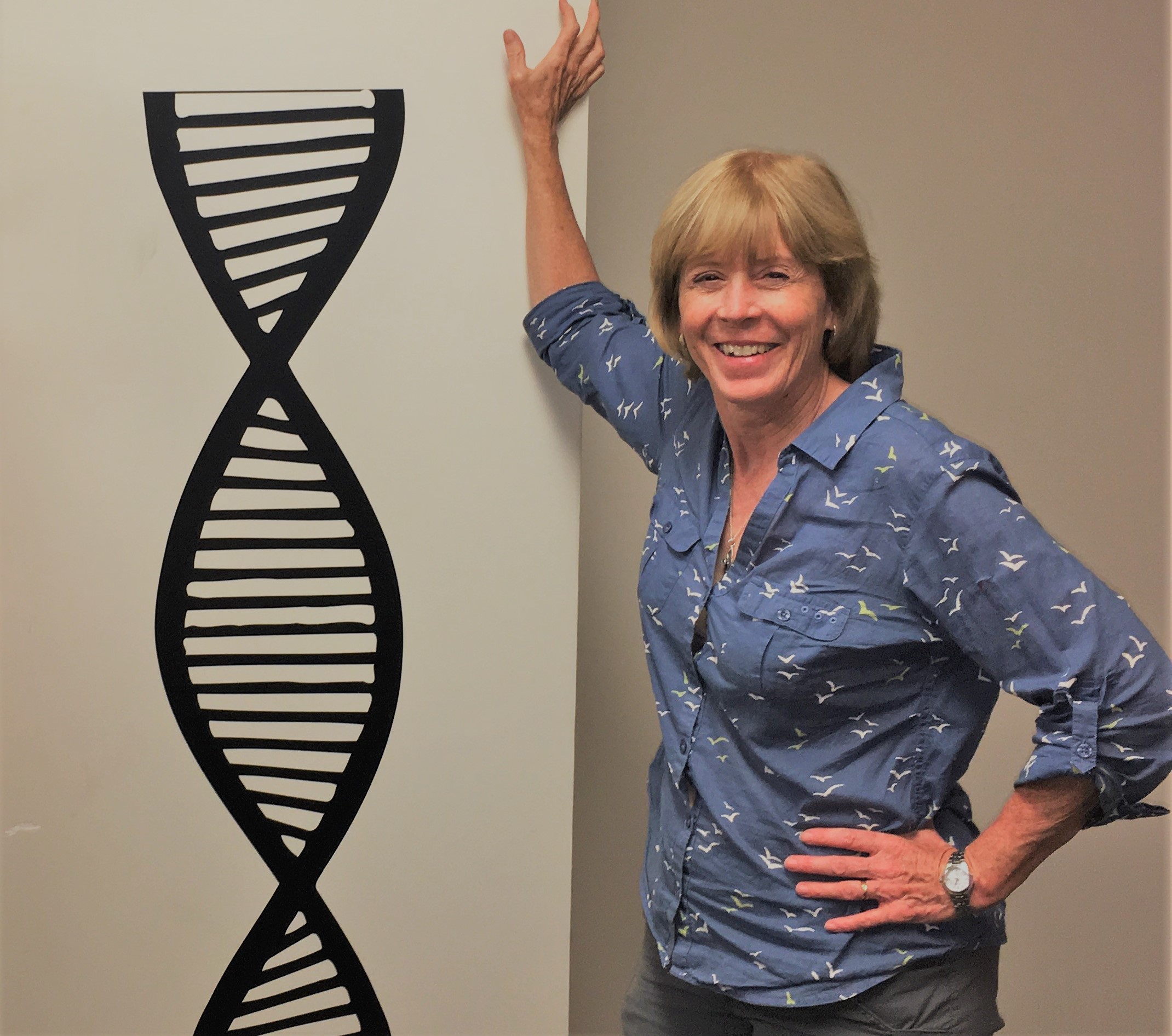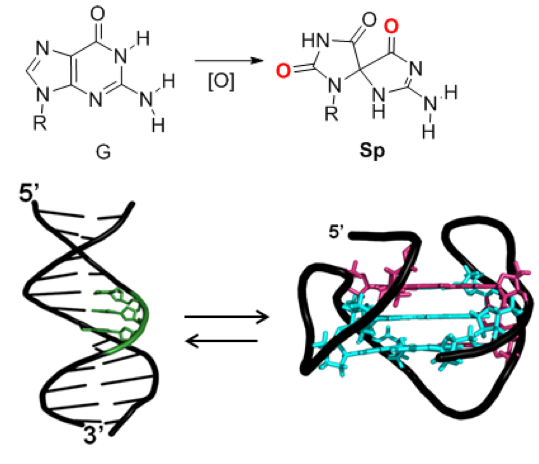Cynthia J. Burrows
Distinguished Professor of Chemistry
Nucleic Acid Chemistry

Biological Chemistry Program
Education
B.A. University of Colorado, Boulder
Ph.D. Cornell University
Research
Less than 2% of the human genome codes for the amino acid sequence of proteins. Why is all the rest of the DNA there? Some of it participates in orchestrating replication, some in the protection of the ends (telomeres), and some sections upstream of transcription start sites (promoters) control whether or not a gene is expressed as protein. All of these functions of DNA include guanine-rich sequences capable of folding into G-quadruplexes, four-stranded folds of DNA that differ dramatically from the classical base-pairing scheme of the Watson-Crick double helix. Furthermore, the G-rich sequences are sensitive to oxidative stress, converting to modified structures including 8-oxo-7,8-dihydroguanine (OG) and the hyperoxidized lesions spiroiminodihydantoin (Sp) and guanidinohydantoin (Gh). Both the overall reactivity of a G residue in DNA or RNA and the final oxidized G product formed are highly dependent on sequence, solvent exposure and mechanism. For example, oxidation of G in G-quadruplex folds leads to very different outcomes compared to those in Watson-Crick B-helical duplexes. The location of G damage in turn has a profound effect on the stability of duplex vs. quadruplex structures. We propose that G-rich sequences respond to oxidative stress by selecting a secondary structure that can best accommodate the damaged base, and that ‘shape-shifting’ may be used as a signaling mechanism to affect transcription and repair. The implications are that nucleotide identity beyond the exome may be important in gene expression and disease, and that the definition of epigenetic modifications should be expanded to include guanine oxidation. Our research is aimed at understanding the chemistry of base oxidation in DNA and RNA, new sequencing methods to find modified bases in nucleic acids, and cellular studies to elucidate the impact of oxidized bases and non-Watson-Crick structures on the functions of DNA and RNA.

References
Please see Google Scholar
